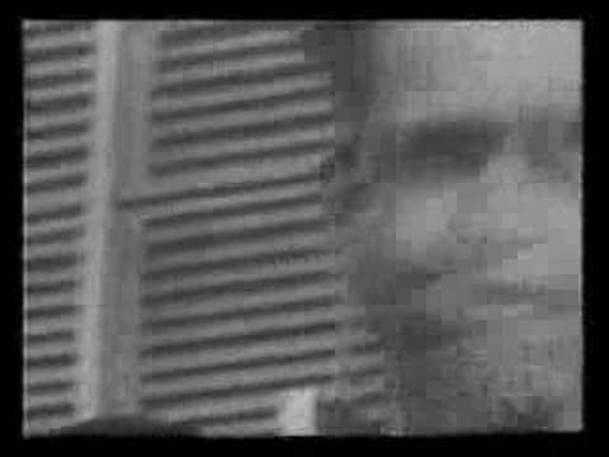It’s not like no one knows who Mario Savio is.
After all, he’s remembered as a significant part of the history of the 1960s Free Speech and Civil Rights movements. But his Italian American background is not often recognized in relation to the remarkable life he led as a political activist, public speaker, and teacher.
Savio (1942-1996) was born to Italian American parents—his father was from Sicily—in Queens, where he spent his formative years. Although, as
Gil Fagiani notes [2], Savio “until the 1970s had little conscious ethnic identity” (in Cannistraro and Meyer 248), from the mid-70s on, when trying to explain his early involvement in civil protest, he would remark on his working class, devoutly Catholic, Italian American family. He continued to do so throughout his life: just a year before his death, when speaking out against retrograde California legislation opposing immigration and affirmative action, he again
took note of how his Italian background [3] helped shape his view of public policy and the role of the individual citizen.
Both the City of Berkeley and the famous university it is home to make (through various civic events and public markers) constant—and at times rather nauseatingly self-congratulatory—allusions to the area’s radical past and the succor it has long given to various kinds of alternative cultures.
To those people aware of the city’s and university’s progressive attitude, it generally comes as little surprise to walk around the UC Berkeley campus today and take note of how the university honors Savio’s legacy. (The irony that the university opposed Savio’s actions at the time he was a student but now benefits from his fame is lost on no one.)
In 1997 the steps at Sproul Plaza, where Savio gave many of his speeches, were officially renamed the “Mario Savio Steps.”
Then, in 2000, the Free Speech Movement Café opened on the first floor of Moffitt Library, dedicated to the memory of Mario Savio.
Poster inside the Free Speech Movement Cafe
The café offers the usual Bay Area array of outsize scones and complicated espresso drinks, and it promotes (and funds), as the FSM Café literature states:
forums, panels, exhibits and other events in the FSM Café to generate critical discussion about contemporary social and political issues.
But neither near the Mario Savio Steps, nor in the café’s in-house informational placards, nor on its website is there reference to Savio’s Italian background. (Let me be sure not to forget that the City of Berkeley recently dedicated its own Italo-free homage to Savio in a
30-foot public sculpture [4] that sits atop a footbridge spanning Highway 80.)
"Berkeley Big People" Public Sculpture (by Scott Donahue), w/Mario Savio detail
There are more and more voices associated with a decidedly Italian American perspective that lay claim to, as Philip V. Cannistraro and Gerald Meyer put it,
The Lost World of Italian American Radicalism [5], and in so doing place Savio alongside other forward-thinking intellectuals, politicians, activists, and artists. In particular Gil Fagiani’s essay about Savio in The Lost World comments on one of the consequences of this so-called amnesia:
The amnesia about Italian American radical legacy made it easier for Savio and others who came of political age in the ‘60s and early ‘70s to view the Italian American community as an obstacle to the progressive agenda. (249)
Interestingly, even as Savio may not have initially seen the potential usefulness of linking his Italian American identity to his leftist position, Fagiani and others note how Savio recognized the possibility of progressive action that could come about by connecting the needs of various disenfranchised groups (in a truly Gramscian fashion, I might add)—from African Americans in Mississippi and UC Berkeley in the 1960s, to undocumented workers and minority college students in the California of the 1990s.
Indeed, as others have said before (see, for instance, online pieces by
George De Stefano [6],
Tommi Avicolli Mecca [7], and
Joseph Sciorra [8]), it is time to lay claim to such visionary thinkers as Mario Savio. And, yes, I’ll take an enormous scone with my cappuccino, per favore.





